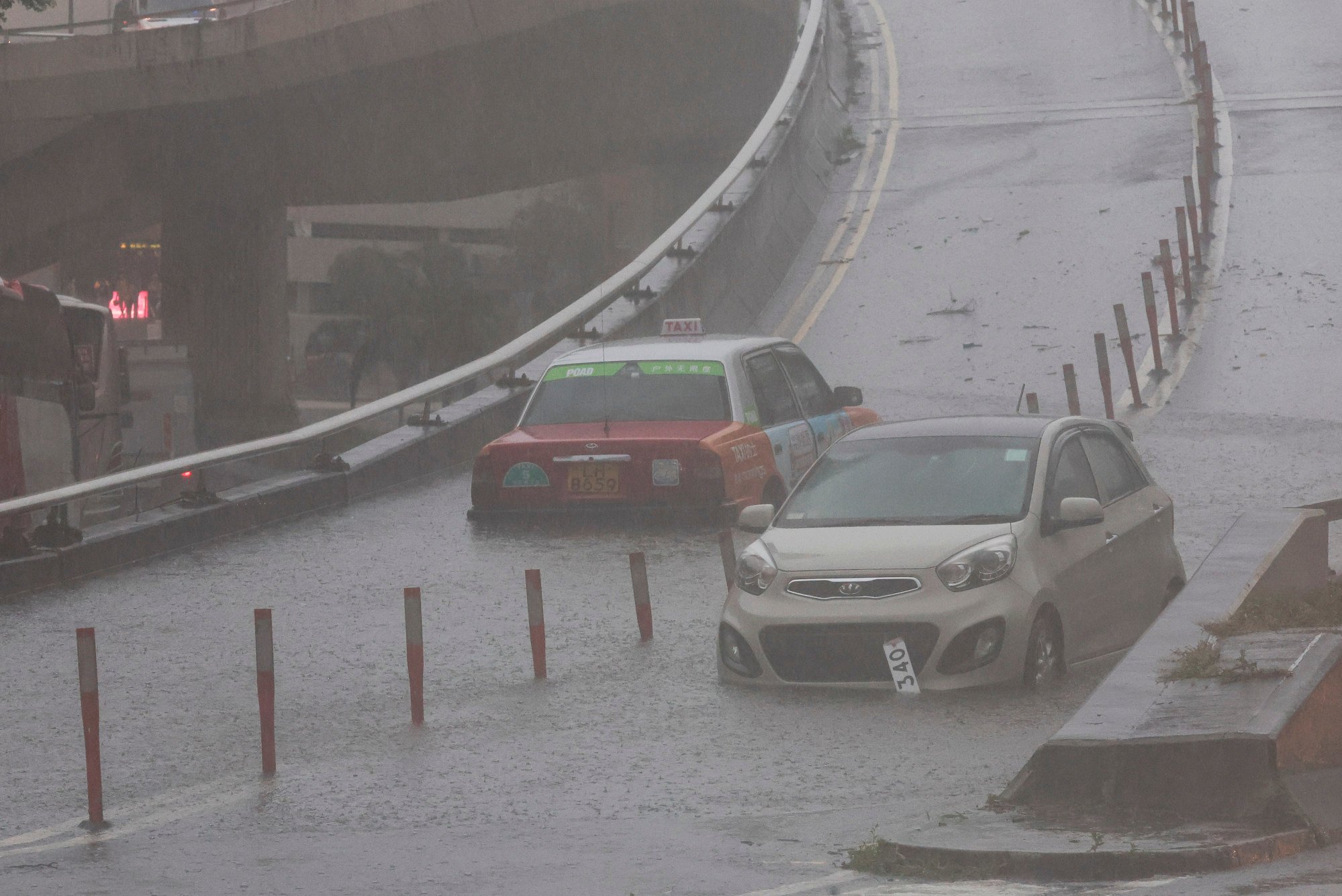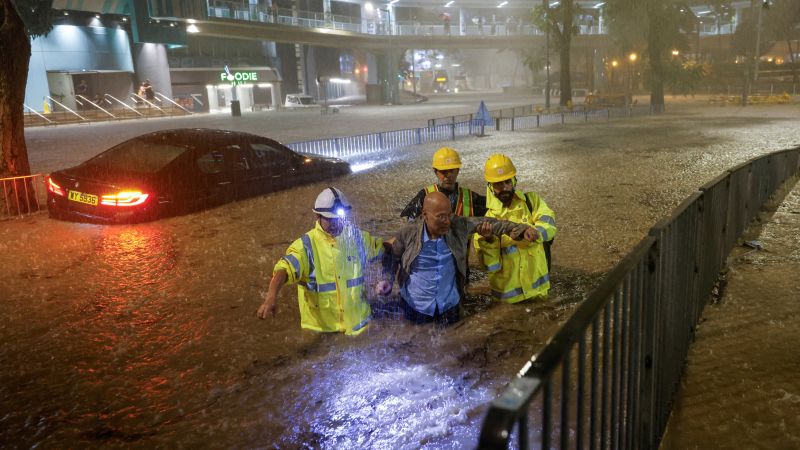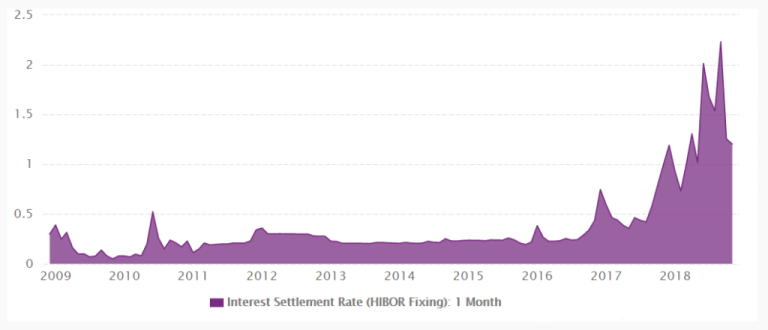When nature unleashes its fury, the consequences can be swift and devastating. On July 29, 2025, Hong Kong experienced a stark reminder of this reality when the Hong Kong Observatory issued the year’s first Black rainstorm warning at 9:10 a.m., triggering a cascade of urban disruptions and potential risks.

The Southern District and Lamma Island bore the brunt of the extreme weather, recording over 100 millimeters of rainfall driven by an intense thundery shower system associated with a broad trough of low pressure. This wasn’t just another rainy day—it was a significant weather event that highlighted the critical importance of being prepared for natural disasters.
City infrastructure and daily life immediately felt the impact. The Education Bureau swiftly responded by suspending afternoon school sessions, while morning and full-day schools were instructed to continue until their scheduled conclusion. The MTR Corporation took proactive measures, closing specific station exits at Wong Tai Sin, Sham Shui Po, and Choi Hung to mitigate potential flooding risks.

Beyond the immediate logistical challenges, such events underscore a crucial financial consideration: the need for comprehensive insurance coverage. While standard property insurance might seem sufficient, extreme weather events reveal the nuanced protection required to truly safeguard one’s assets and financial stability.
Flood insurance, often an overlooked component of property protection, becomes paramount in scenarios like this. Comprehensive policies can offer more than just structural damage coverage. They might include compensation for lost personal belongings, emergency assistance, and even temporary accommodation costs if a property becomes uninhabitable due to severe water damage.

The key is understanding that not all insurance policies are created equal. Homeowners and businesses must carefully evaluate their current coverage, paying close attention to specific flood-related provisions. Many standard policies exclude flooding, making it essential to seek specialized coverage that addresses regional weather risks.
For residents in areas prone to heavy rainfall and potential flooding, this means going beyond basic insurance. It involves:
– Thoroughly reviewing policy details
– Understanding claim processes
– Identifying potential coverage gaps
– Exploring preventive measures recommended by insurers

Public safety recommendations, like those issued during this rainstorm, also play a crucial role. They provide real-time guidance on minimizing personal risk and protecting property. Insurance providers often align their advice with these official communications, offering policyholders practical strategies for risk mitigation.
The Hong Kong rainstorm serves as a powerful reminder that weather events are unpredictable and can have significant financial implications. While we cannot control nature, we can control our preparedness and financial protection.

For individuals and businesses, this means adopting a proactive approach to insurance. It’s not just about having a policy, but having the right policy—one that provides comprehensive coverage tailored to specific regional risks.
As climate patterns continue to evolve, understanding and investing in robust insurance protection isn’t just a financial strategy—it’s a critical component of personal and business resilience. The small investment in comprehensive coverage can provide immeasurable peace of mind when unexpected events strike.











